The big wheels of the private economy
Like a growth engine striding through the innovation station, the Southeast region has emerged in recent years as the economic heart of the country, a vibrant industrial, commercial and logistics center. On a strip of land accounting for only 9% of the country's area and 20% of its population, this region currently regularly maintains more than 30% of GDP, nearly 45% of total state budget revenue and more than 32% of export turnover.
 |
The Southeast is the "bloodline" for transporting goods, raw materials and products from provinces to seaports and airports. |
Looking at the development map, the Southeast region is like the main transmission fluid, flowing vitality to the Vietnamese economy. Ho Chi Minh City plays the role of a "locomotive" pulling the entire national economic train forward, together with Dong Nai, Binh Duong, Ba Ria - Vung Tau , Binh Phuoc and Tay Ninh forming a strong growth triangle. Not only is it a convergence of modern industrial parks, the Southeast region has also become a fertile land for large-scale, high-tech projects, and products with Vietnamese brands reaching out to the international market.
To create momentum for the private economy to break through, the Central and local governments have issued a series of strategic policies, like gears that help operate the economic machine: Resolution 24-NQ/TW (2022) orienting comprehensive development and ensuring national defense and security in the Southeast region; Resolution 57-NQ/TW (2024) promoting digital transformation and innovation; Resolution 59-NQ/TW (2025) opening up for international integration; Resolution 66-NQ/TW (2025) removing legal bottlenecks; Resolution 68-NQ/TW (2025) promoting the private economy to become the most important driving force of the country.
When going deeper into the key economic sectors of the region, one can clearly see the shape of the big wheels operating smoothly, such as the processing and manufacturing industry. Ho Chi Minh City leads with more than 30,500 enterprises, accounting for 60% of the total industrial enterprises of the region, stretching from Binh Duong , Dong Nai to the "industrial warehouses" of the region, with the fields of metal, steel, electronics, chemicals, etc.
In the region, there are nearly 14,800 logistics enterprises, nearly half of the total number of logistics enterprises in the country, which are like “blood vessels” connecting goods, raw materials, and products from all provinces and cities to seaports and airports. From containers loaded with goods to convoys of container trucks running day and night, all are bustling on the highways connecting the Southeast region with the world.
For the real estate and construction industry, along with modern industrial parks in Binh Duong, Dong Nai and Ho Chi Minh City, the construction industry is like “wings” that increase the speed of urbanization. High-rise buildings and new residential areas are emerging as evidence of the vitality of this dynamic land.
 |
The Southeast region becomes a land attracting large projects, high technology and Vietnamese products reaching out to the world. |
Trade and retail, with expected retail revenue of VND 4,921.7 trillion (2025) and an e-commerce market reaching USD 25 billion, the Southeast region has become a modern shopping and consumption paradise. From bustling shopping centers in Ho Chi Minh City to bustling wholesale markets in neighboring provinces, all are joining the digital economic flow.
The passionate sharing of local leaders and young businessmen in the region has enriched the picture of the private economy, which is inherently not just dry statistics.
Mr. Vo Tan Duc - Chairman of Dong Nai Provincial People's Committee emphasized: “We are determined to reform administration, promote infrastructure development to create an open investment environment, attracting domestic and foreign enterprises. Currently, Dong Nai province has been implementing many synchronous solutions, including reviewing and cutting cumbersome administrative procedures; strongly applying information technology in handling investment procedures and granting business licenses. At the same time, prioritizing investment resources for key infrastructure projects, especially regional and national connecting traffic routes. These efforts are helping businesses access land, capital and support services more conveniently, contributing to improving the competitiveness of the local economy and strongly attracting domestic and international investment capital flows.
Mr. Dang Quoc Nghi - Chairman of Dong Nai Young Entrepreneurs Association also expressed: "Resolution 68 has created an important boost, helping the private economy to break through. However, he also pointed out that businesses in the region still need more support from functional agencies in terms of capital, land and regional connectivity for more sustainable development."
The sturdy "old trees"
Standing out in the private economic picture are rubber enterprises such as Dong Nai Rubber Corporation, Nam Long Company Limited, 939 Corporation, and Rong Nam Viet Company Limited. They are like resilient and enduring “old trees”, continuously appearing in the Top 100 Sustainable Enterprises of Vietnam for many years. With their own production capacity and competitiveness, they have contributed to maintaining the growth rhythm of the rubber industry, not only domestically but also in the export market.
 |
In 2024, the GRDP of the entire Southeast region will reach nearly 3,775 trillion VND, leading the country. |
In 2024, the GRDP of the entire Southeast region will reach nearly 3,775 trillion VND, leading the country. Ho Chi Minh City is still the "leader" with GRDP of more than 1,778 trillion VND (accounting for 47% of the entire region), followed by Binh Duong with 520 trillion VND, Dong Nai reaching nearly 494 trillion VND, Ba Ria - Vung Tau breaking through with a growth rate of more than 11.7% reaching 417.3 trillion VND.
By 2025, localities are targeting double-digit GRDP growth, an ambitious target but also worthy of the position of the national economic center. Large-scale infrastructure projects such as Long Thanh International Airport (16 billion USD), the gateway to turning the Southeast into an "international transit station", are currently being accelerated. Can Gio International Transit Port (4.8 billion USD), Nhon Trach 3-4 Power Plant (1.4 billion USD), and expressways such as Bien Hoa - Vung Tau, Ho Chi Minh City - Moc Bai are like new carriers pumping vitality into the economy.
The economic picture of the Southeast region is a colorful and dynamic one. Enterprises not only do business in this land but are also the “operators” of the national growth machine. Enterprises expect local authorities to continue to remove bottlenecks, improve the investment environment, strengthen regional connectivity to reduce logistics costs and perfect the supply chain. Only then will the growth wheel not only turn faster but also steadily advance on the path to conquering new economic heights.
(To be continued)
(Part 2: Southeast - the land of innovation of high-tech agriculture)
Source: https://baophapluat.vn/bai-1-vung-dong-nam-bo-mo-vang-cua-kinh-te-tu-nhan-post550769.html























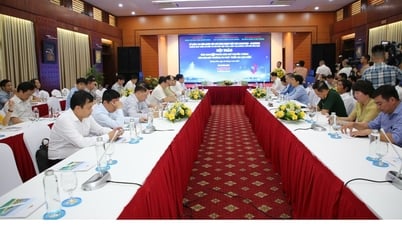

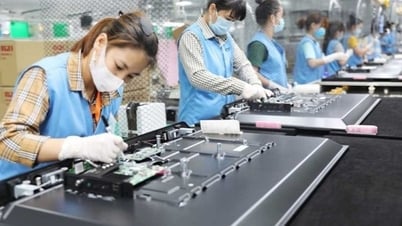
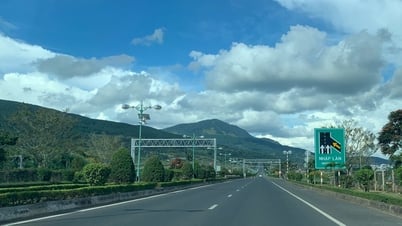

![[Photo] General Secretary To Lam receives Korean Ambassador to Vietnam](https://vphoto.vietnam.vn/thumb/1200x675/vietnam/resource/IMAGE/2025/6/6/a0765b7543784cbcbfe4755b67d43ab4)
![[Photo] President Luong Cuong works with Hung Yen and Thai Binh Provincial Party Committees on implementing Resolution of the 11th Central Conference, 13th tenure](https://vphoto.vietnam.vn/thumb/1200x675/vietnam/resource/IMAGE/2025/6/6/127b735d2761484d81dcee0d7725a25b)




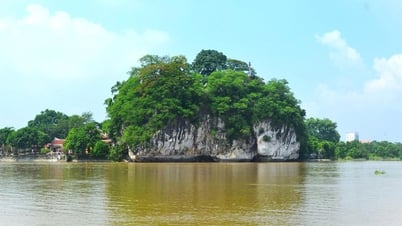
























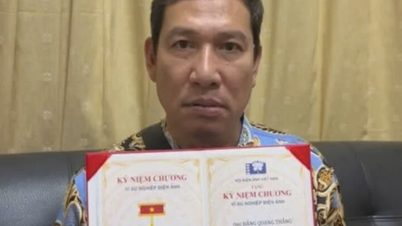








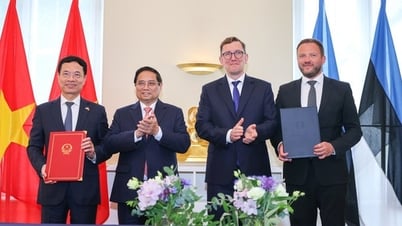


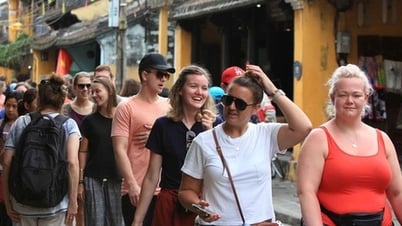





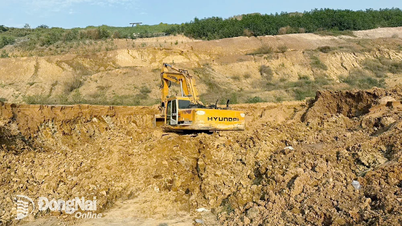

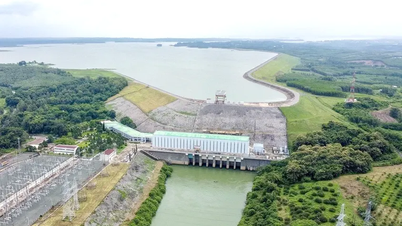
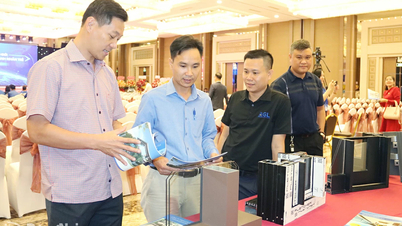
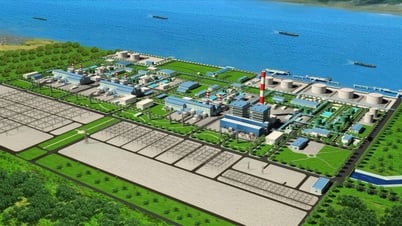

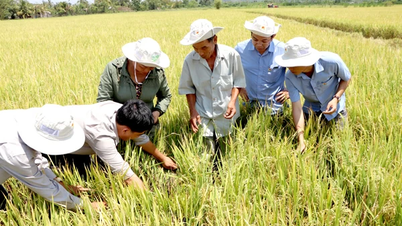




![[OCOP REVIEW] Tu Duyen Syrup - The essence of herbs from the mountains and forests of Nhu Thanh](https://vphoto.vietnam.vn/thumb/402x226/vietnam/resource/IMAGE/2025/6/5/58ca32fce4ec44039e444fbfae7e75ec)





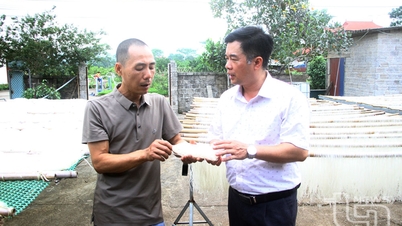


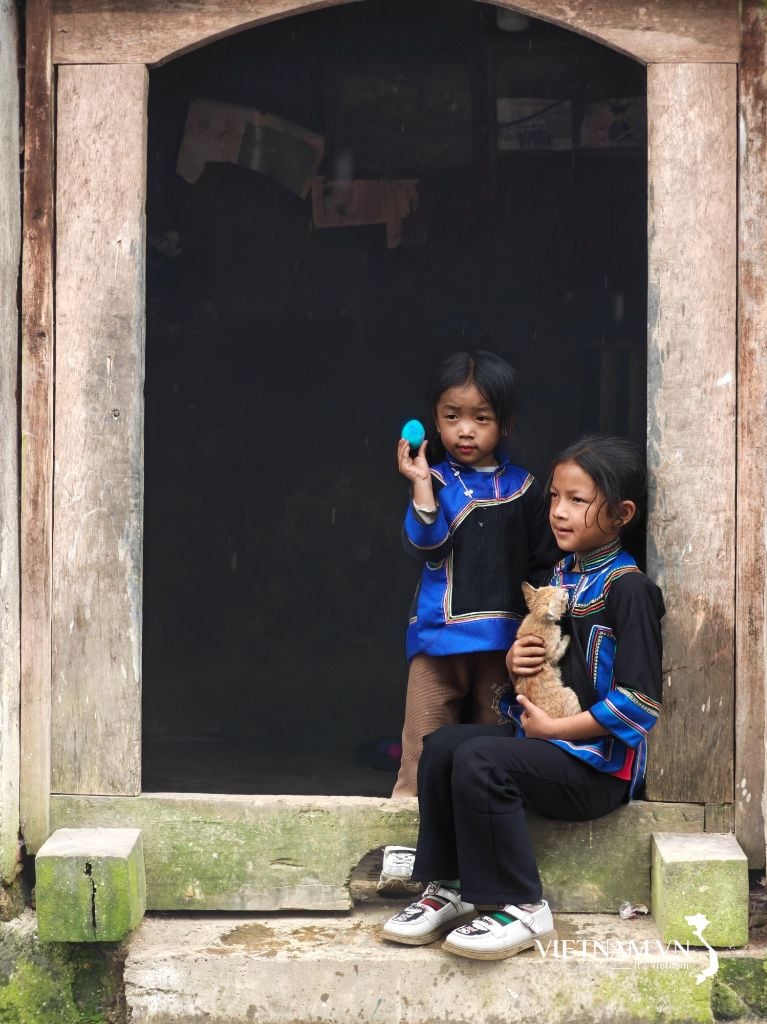


Comment (0)